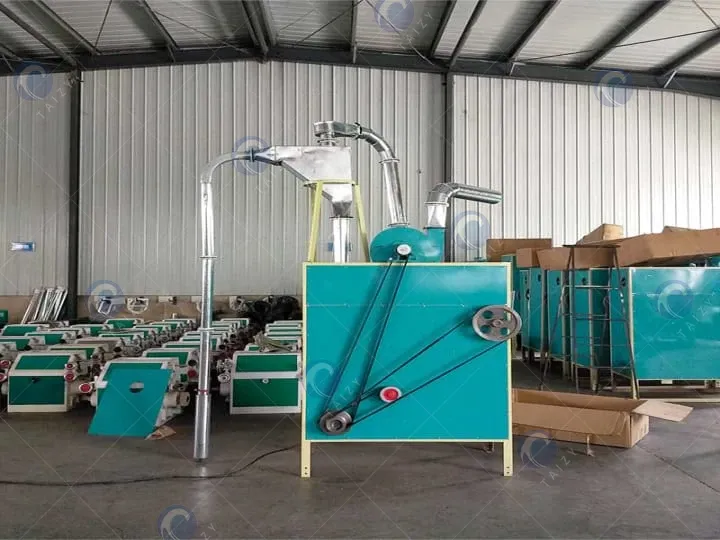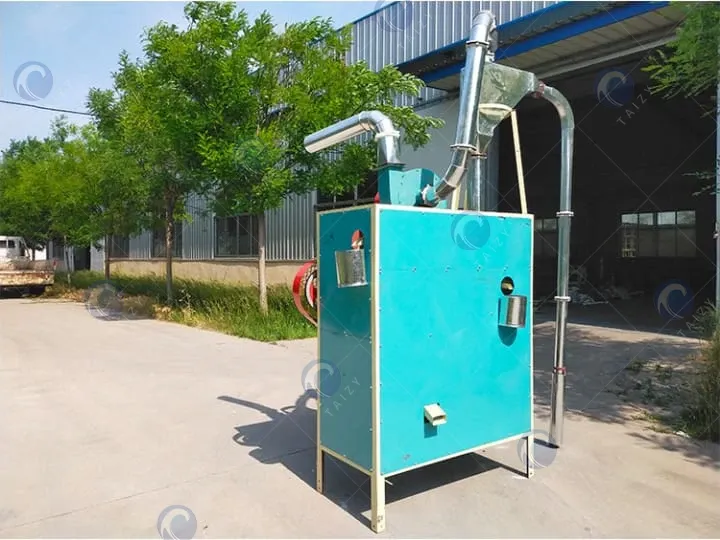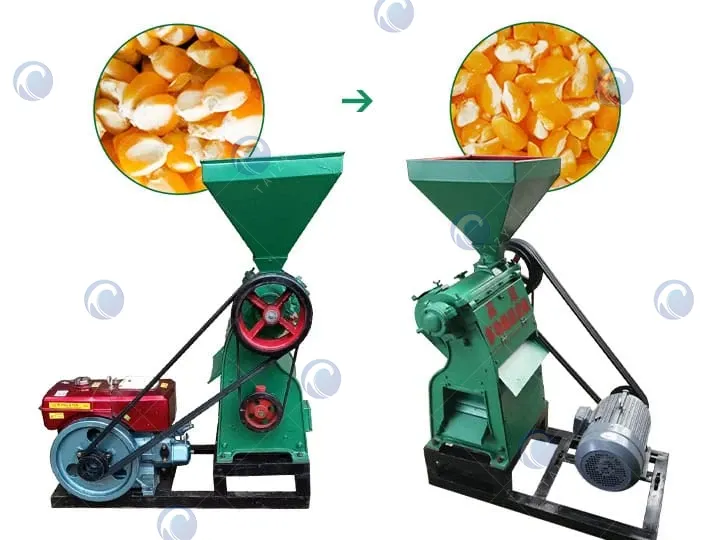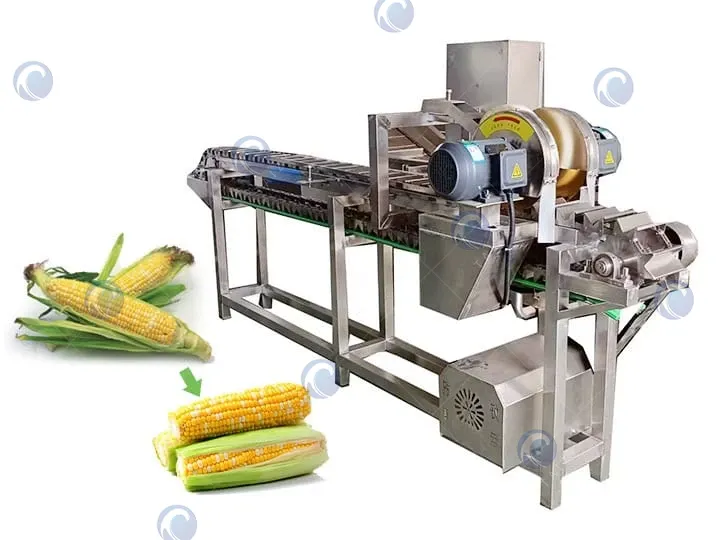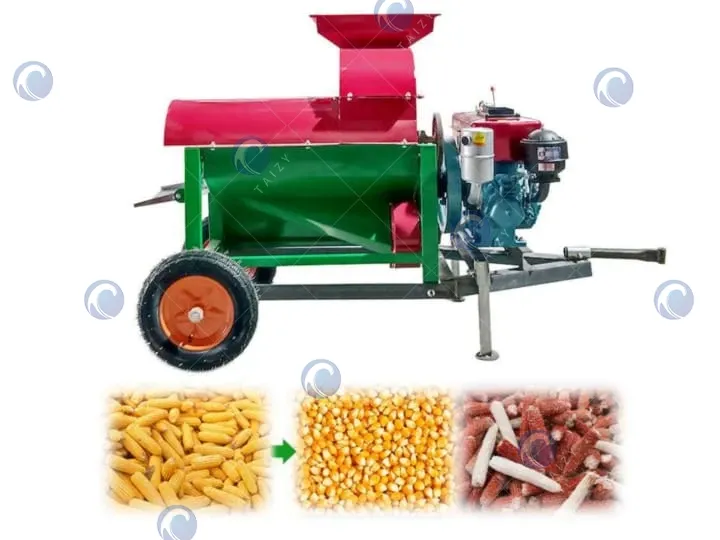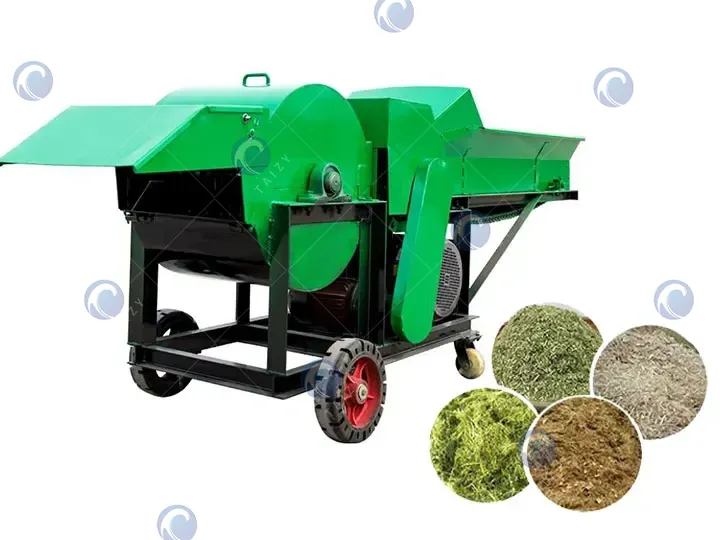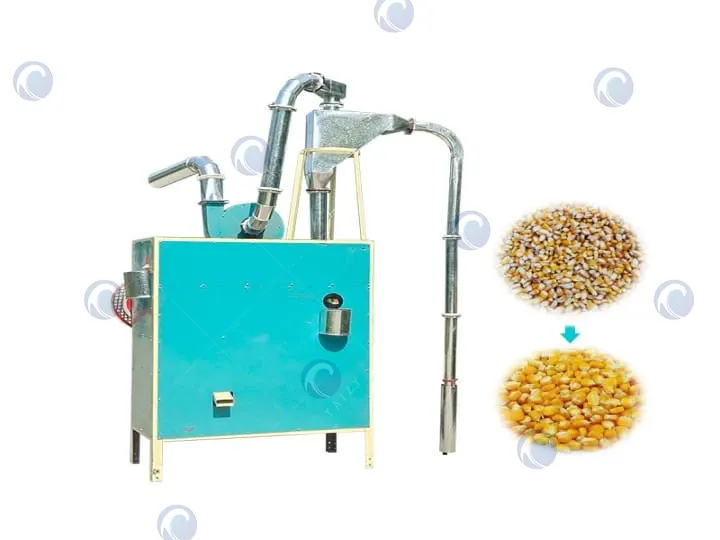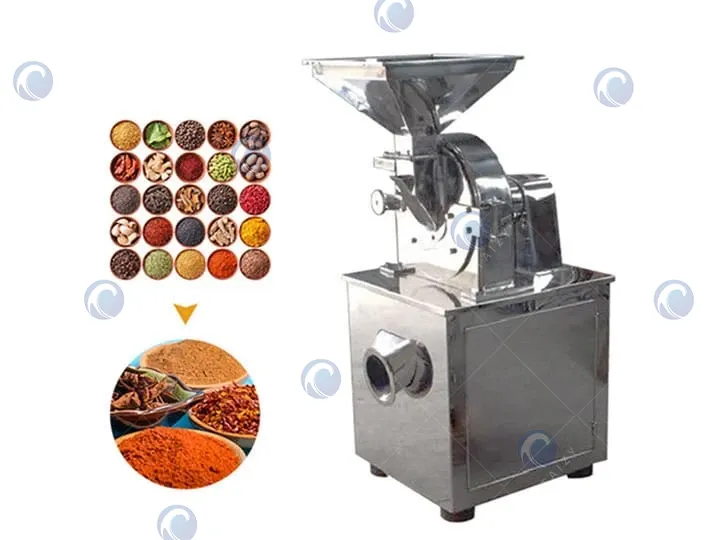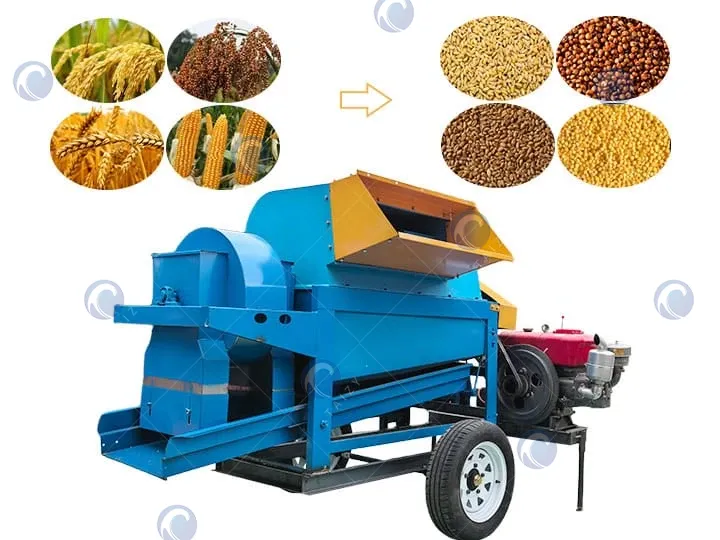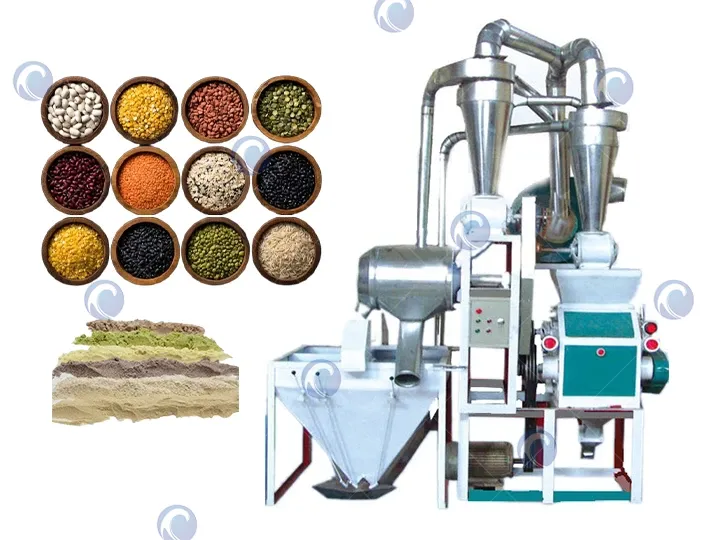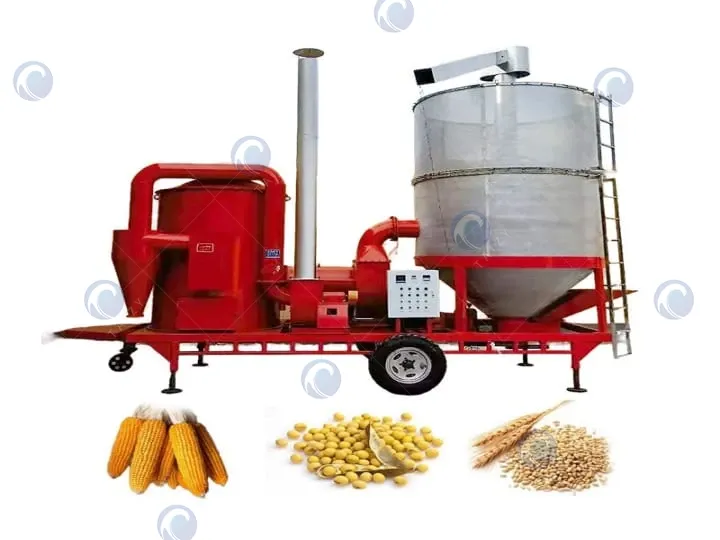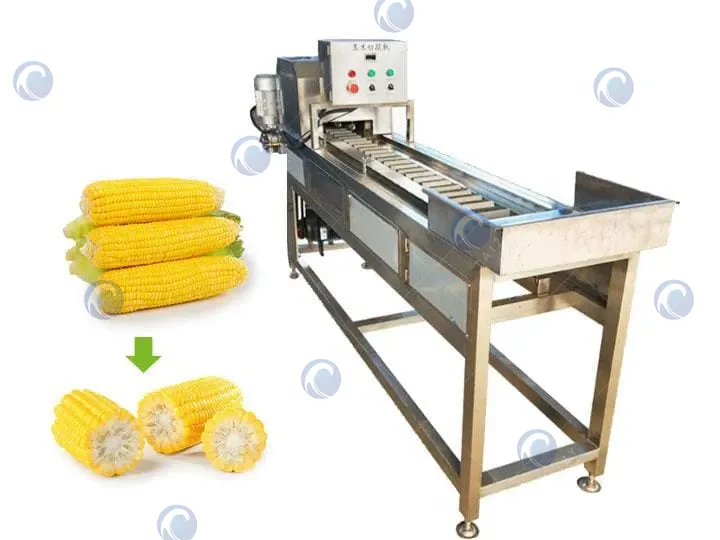Importance of proper corn seed storage
Proper storage of corn seeds is crucial for maintaining germination rates and vigor, directly impacting the next year’s yield. Improper storage can lead to reduced germination rates or even complete loss of germination, impacting farmers’ profits.
Therefore, mastering proper corn seed storage methods is crucial for ensuring agricultural production. Cleaning the corn before storage is particularly important. You can use the corn cleaner machine to remove stones, gravel, straw, and other impurities from corn kernels.
What is a corn cleaning machine?
The corn seed cleaning machine removes impurities such as dust, stones, and straw from corn, and is suitable for corn, wheat, and millet. It mainly consists of an automatic feeding device, a double-layer vibrating screen, a gravity stone removal device, and an air purification device.
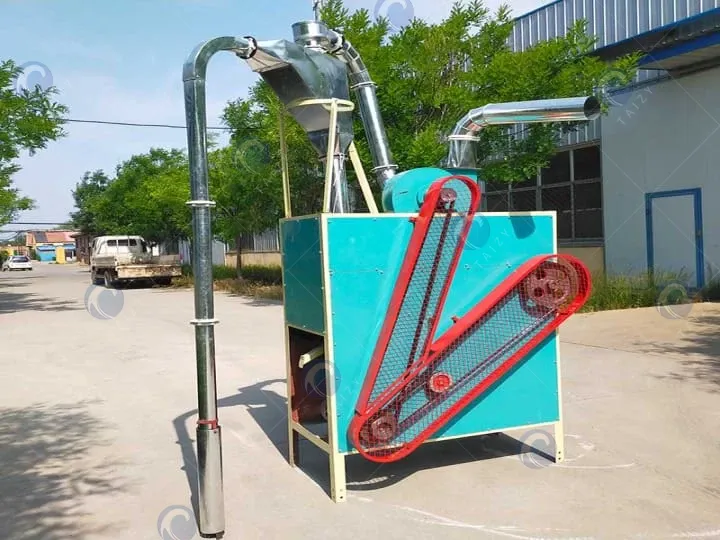
The importance of proper corn seed storage
- Maintaining high germination rates and vigor: Good storage conditions minimize seed moisture content and inhibit the growth of pathogens, ensuring rapid germination and strong seedling growth after sowing.
- Extending seed life: Proper storage effectively prolongs seed life, ensuring high germination rates even after storage, and preventing losses due to seed loss.
- Reducing planting risks: High-quality seeds germinate quickly after sowing, minimizing risks associated with uneven seedling emergence, missing seedlings, and broken ridges.
- Reducing seed costs: High-quality seeds reduce the additional costs associated with replanting and reseeding, ultimately lowering production costs.
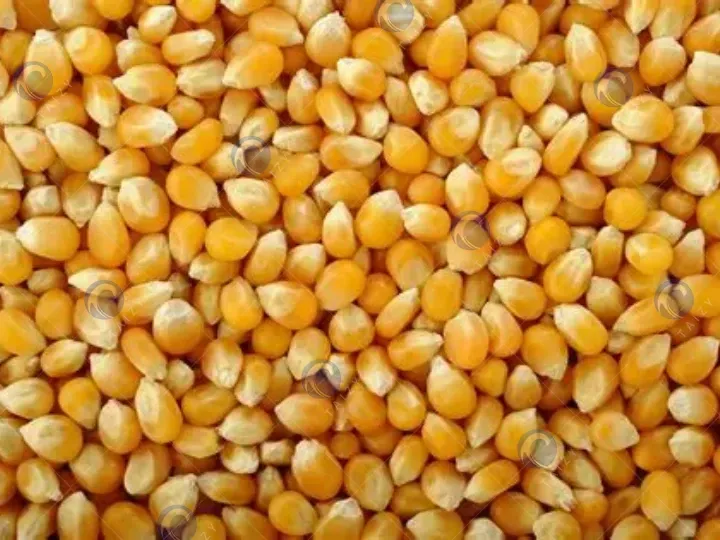
The correct way to store corn seeds
- Corn cleaning: Newly harvested corn seeds are often contaminated by impurities such as dust, stones, and straw. These impurities not only affect seed quality but can also cause mold. Before storing corn seeds in silos, use the corn cleaning machine. This is cleaner and more efficient than manual cleaning.
- Moisture control: Corn seeds have a high moisture content during the initial harvest. After a period of air-drying and sun-drying, the moisture content gradually decreases. By mid-to-late October, before the arrival of cold weather, the moisture content must be reduced to below 14%.
- Silo cleaning: Internal cleaning primarily involves removing residual seeds, impurities, and trash. During clear weather, ensure proper ventilation and moisture-proofing to ensure the interior of the silo is clean and dry. External cleaning primarily involves removing weeds, sewage, and other stains.
- Regular inspections: Corn requires pest and disease control during storage. Regular inspections should be conducted to prevent pests and diseases from affecting seed quality. If any problems are detected, timely measures such as spraying pesticides should be implemented to prevent pests and diseases from affecting seed quality.
